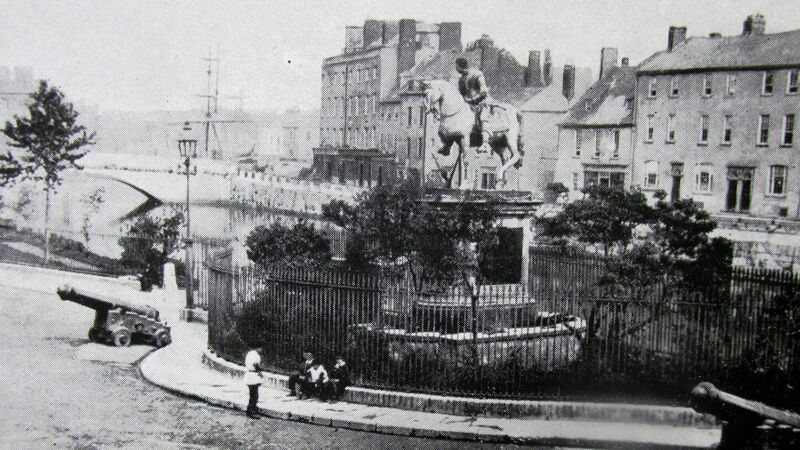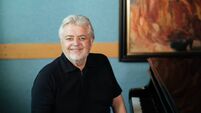Cork In 50 Artworks, No 28: Statue of George II on the Grand Parade

A pre-1962 photograph of George II and his 'Yellow Horse' statue at the corner of Grand Parade in Cork. Picture: Cork Camera Club collection, Cork City Libraries
In Cork, as much as anywhere, public artworks can polarise opinion, but only one - John Van Nost the Younger’s statue of King George II on the Grand Parade - has ever been destroyed.
”The statue was torn down in 1862,” explains local historian and councillor Dr Kieran McCarthy, who has written 24 books on Cork and organises walking tours of the city.







